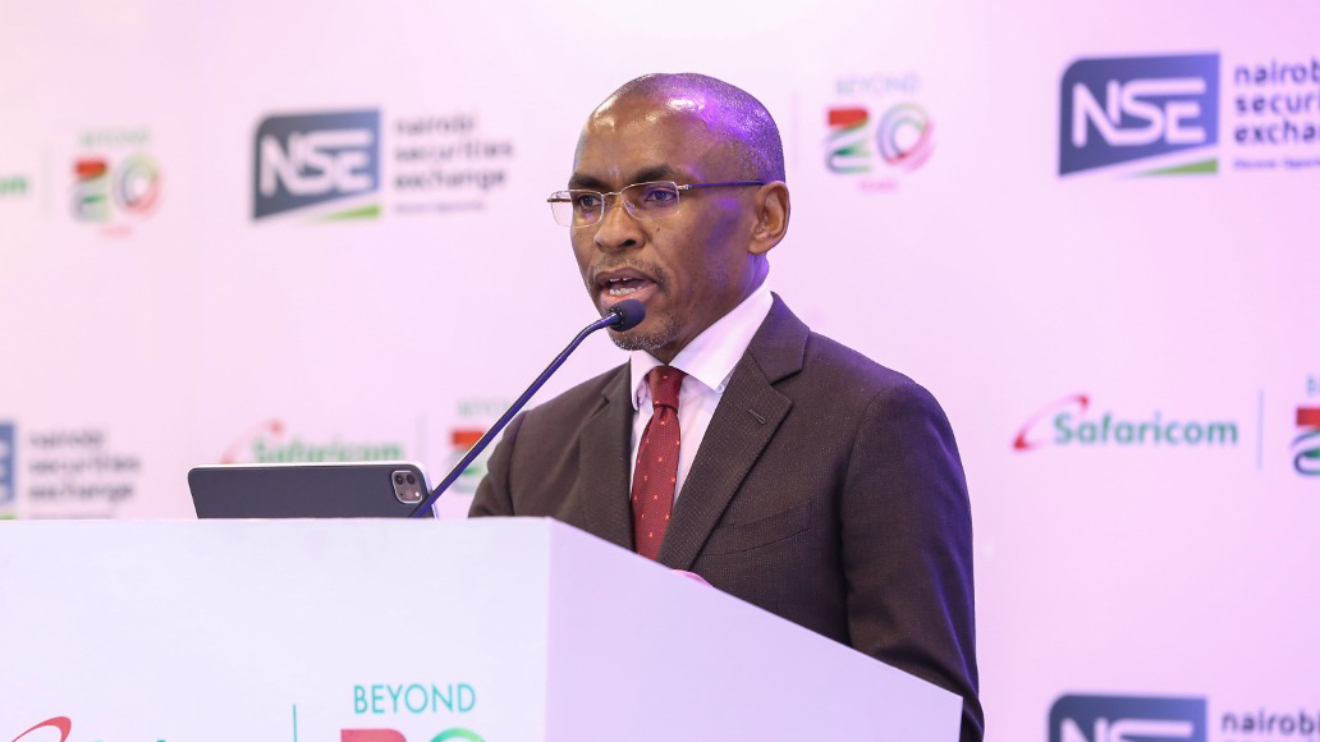Kenya Airways (KQ) has announced its plans to eliminate Embraer and Bombardier aircraft from its fleet as it transitions to Boeing planes in a move towards "mono fleeting," a cost containment measure aimed at optimizing its fleet and network plan.
The company aims to simplify its fleet and reduce operational maintenance and training costs through this strategic shift.
The decision to adopt Boeing aircraft was approved by the board and will be implemented gradually to prevent any adverse impact.
Allan Kilavuka, CEO of Kenya Airways, stated, "This is, however, going to happen progressively and not in one shot because we don’t want to overheat."
Mono fleeting offers several advantages for the airline. Kilavuka explained, "This helps with training and planning and reduces costs in terms of the crew you need and spare parts costs."
Read More
By standardizing its fleet, Kenya Airways expects to enhance efficiency, streamline operations, and minimize expenses related to crew training and spare parts procurement.
Kenya Airways says the transition from Embraer aircraft will enable it to operate larger and more substantial aircraft, as the current ones are deemed too small.
In 2022, the airline operated a total of 39 aircraft, including wide-body jets, narrow-body jets, regional jets, freighters, and Dash 8-400 jets. With this shift, Kenya Airways aims to enhance its operational capabilities and meet the evolving demands of its passengers.
In addition to the mono fleeting strategy, Kenya Airways has been restructuring its lease rentals to reduce ownership costs.
Last year, the airline successfully renegotiated lease rentals with 10 out of 12 lessors, resulting in an average lease reduction of 22 per cent across its fleet.
Moreover, lease agreements for three Boeing B777-300ER aircraft were extended until they reach the age of 12 years. The airline also returned two leased Embraer E190s after the expiration of their leases.
Despite these efforts, KQ's fleet ownership costs increased to Sh17.6 billion in the year ending December 2022 compared to Sh16.6 billion in 2021. However, the costs were significantly lower than the Sh28.6 billion reported at the end of 2020.
The carrier's fleet costs encompass short-term lease expenses, depreciation and impairment of aircraft and related equipment, amortization of the right of use and return condition, and variable lease expenses.
Depreciation and amortization accounted for the majority of KQ's leasing costs during the same period.
The average age of the airline's current fleet is 10 years, and the company emphasizes its fuel-efficient nature.
Since 2021, Kenya Airways has successfully reduced its aircraft rental obligations by 18 per cent, resulting in monthly savings of about Sh281 million ($2 million) and an overall reduction of Sh3 billion ($21 million) in outstanding lease deferrals.
The transition to mono leasing is part of a larger initiative called Project Kifaru, which aims to revitalize Kenya Airways.
However, the project's success hinges on the airline's ability to attract a strategic investor to secure substantial capital. KQ's current debt load, estimated at Sh189.3 billion ($1.347 billion) as of May 31, may pose challenges in finding such an investor.
Nevertheless, tapping into this investment will enable Kenya Airways to comprehensively restructure its debt and capital, ensuring sustainable operations moving forward.
As Kenya Airways sets its sights on a mono fleet and secures a strategic investor, the airline remains committed to optimizing its operations, reducing costs, and meeting the demands of a dynamic aviation industry.

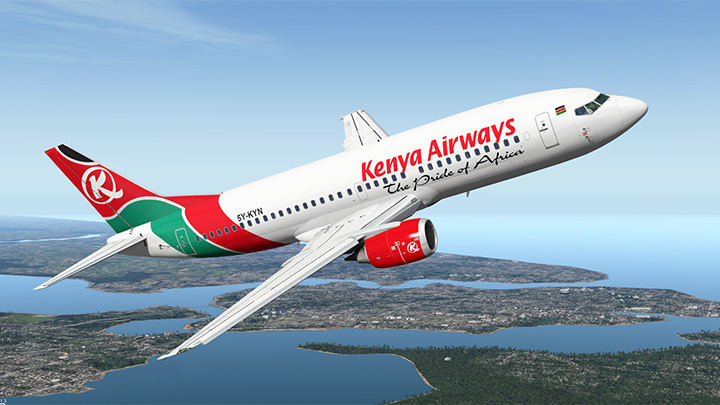

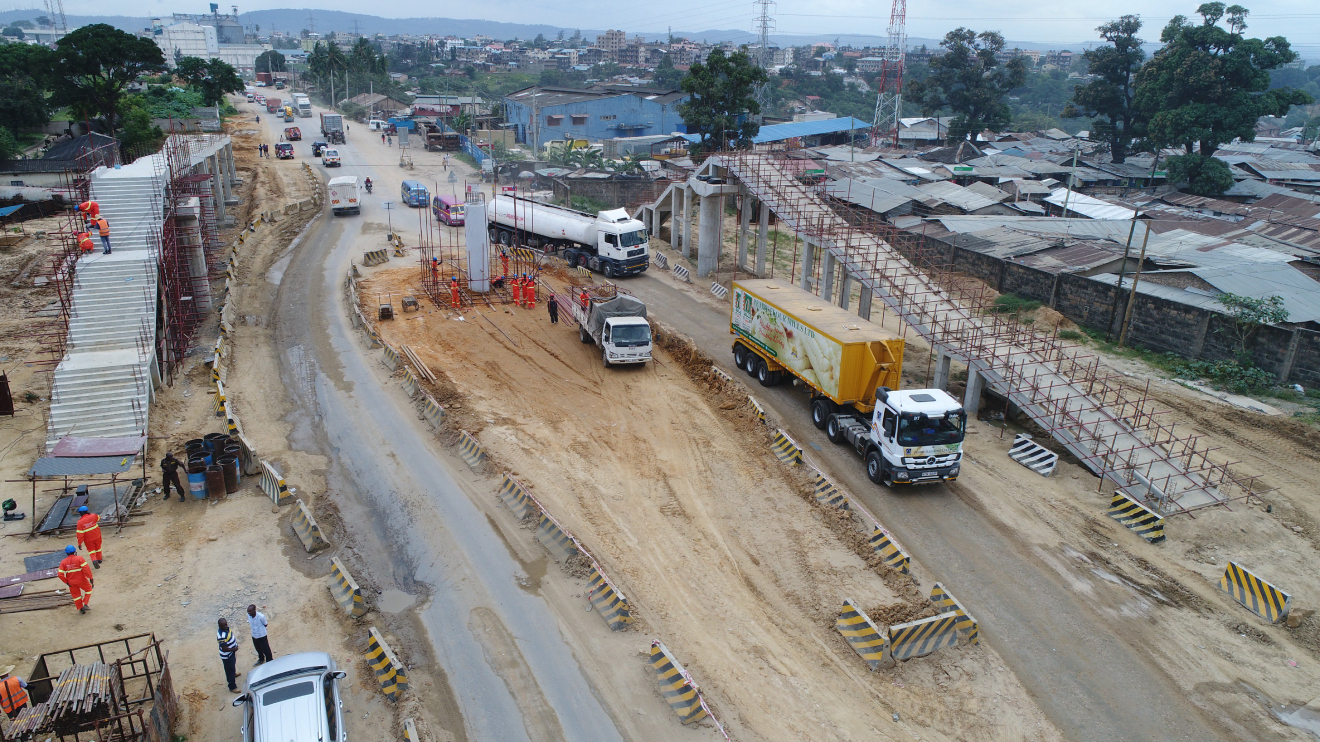

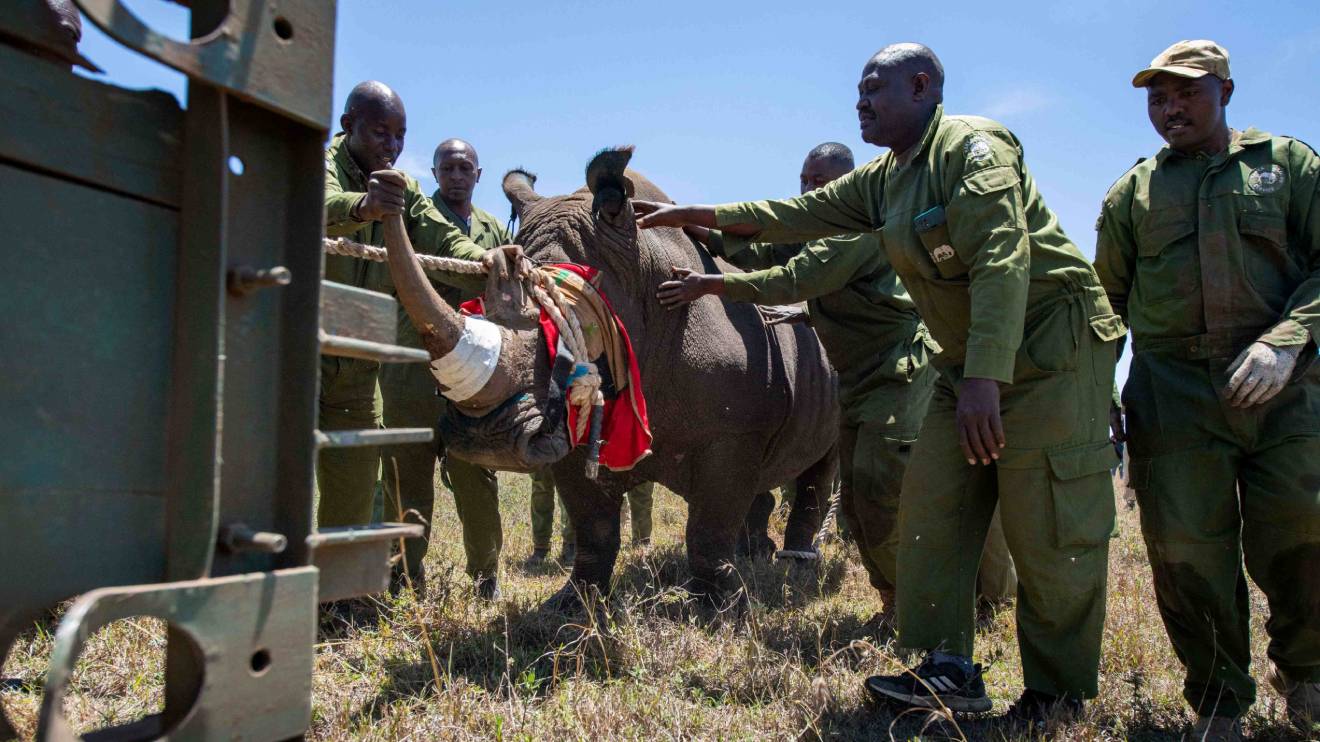
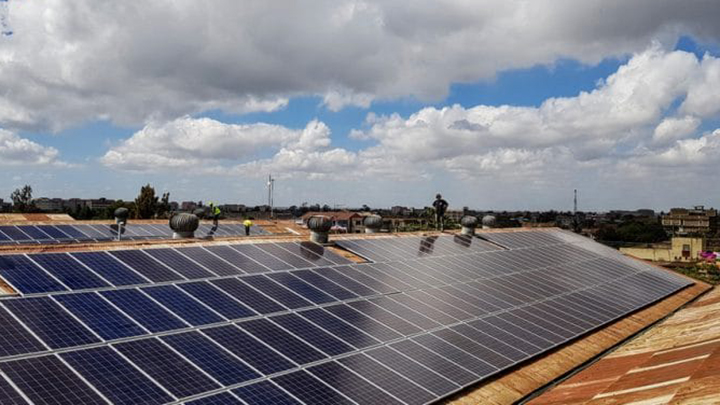
-1756319289.jpg)
-1757101509.jpg)
